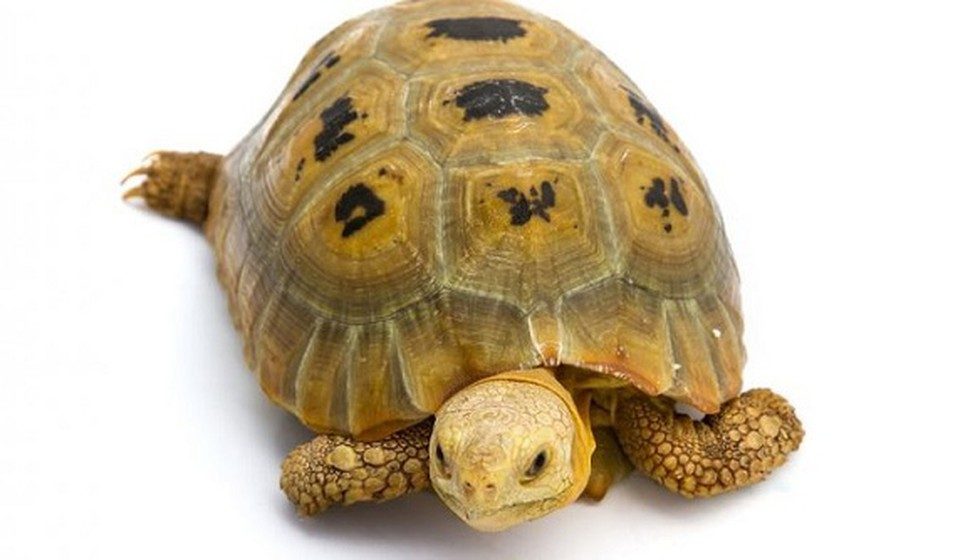Wildfires Threaten Uttarakhand's Wildlife and Ecological Balance | 09 May 2024
Why in News?
The wildfires in Uttarakhand's forests are endangering the state's rich wildlife, which includes tigers, elephants, leopards, as well as a range of birds and reptiles.
Key Points
- The ecosystem is under severe pressure, particularly for birds and reptiles who are having difficulty fleeing the fires due to their limited mobility.
- According to environmental photographer, wildfires have resulted in the tragic loss of numerous bird species, including nesting ones.
- A conservator of forests (research), is concerned about the critically endangered yellow-headed tortoise as they are at increased risk during the fire season when they seek shelter under dried Sal leaves.
- The loss of even a small number of these tortoises could have a significant impact on the survival of the species, considering their already declining population.
- Gajendra Pathak,associated with the Jungle Bachao Jeevan Bachao campaign, emphasizes the wider ecological consequences of the wildfires.
- The burning of leaves not only damages wildlife but also interferes with the important humus layer vital for soil health and erosion prevention.
- The disappearance of insects such as beetles, ants, and spiders adds to the challenges of maintaining the fragile ecological equilibrium.
Yellow-Headed Tortoise
- Scientific name: Indotestudo elongate.
- Common name: Elongated tortoise, Yellow Tortoise and Sal forest tortoise.
- Distribution: It is a species of tortoise found in Southeast Asia and parts of the Indian Subcontinent, particularly Northeast India.
- Physical description: These up to 1 foot-long tortoises have elongated somewhat narrow carapaces and yellow heads. Shells are typically a pale tannish-yellow to caramel color, with blotches of black.
- IUCN Red List Status: Critically Endangered.
- Population: According to the IUCN the population of the species may have fallen by about 80% in the last three generations (90 years).
- Threats: It is heavily hunted for food and collected both for local use, such as decorative masks, and international wildlife trade. In china, a mixture, made by grinding up the tortoise's shell, also serves as an aphrodisiac.

